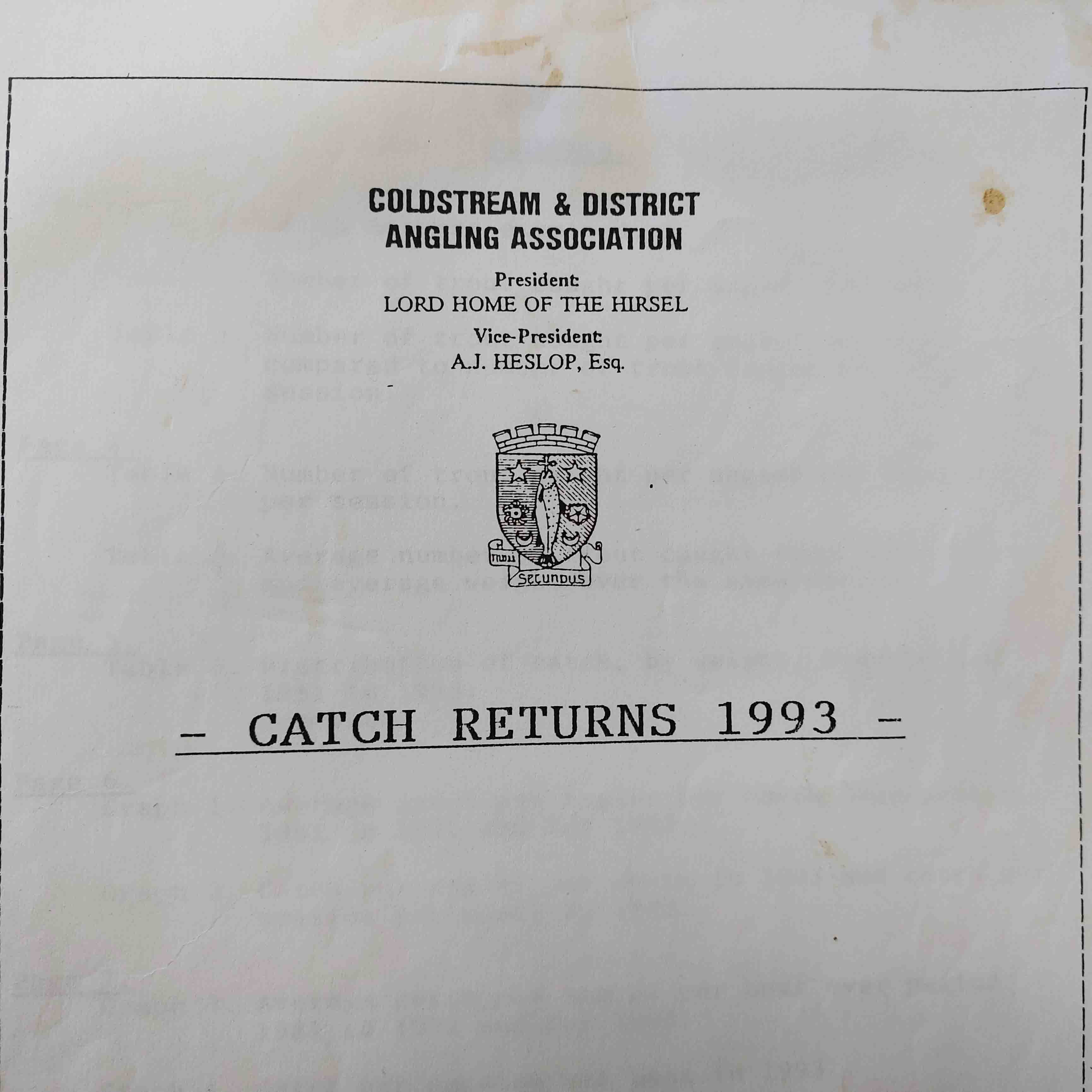Catch Records
Fish catches are the best historical information that we have and the analysis of historic and recent catch data allows us to identify the natural, long term changes in the Tweed’s fish populations. When appraising fish stocks it is always important to take the long view, and the historic catch data collected from the Tweed shows some very long-term trends for both Salmon and Sea Trout.
What Have We Learnt?
Historic catch records show how the sizes and run-timings of the fish have varied greatly over the years and give the context for assessing the present day situation. Establishing long-term trends shows if there are large-scale changes that cannot be countered, though could be managed, while variations outside known parameters from the past could be a warning sign of problems in the current day.
Studying the Tweed’s historical records has provided us with a great deal of insight and has increased our knowledge of variation in the Tweed’s fish stocks. Some of the more significant findings include:
There was a five-year cycle in numbers of Spring salmon caught that lasted for 20 years after a major flood on the Ettrick at the end of October 1977.
Changes between Spring and Autumn dominance can vary in their timing between different parts of the catchment.
We have found that Spring and Autumn / Salmon and Grilse catches have been cyclical over the last 250 years. This has been found to relate to conditions in the North Atlantic. A video presentation explaining long-term trends in Tweed Salmon can be viewed here.
The most recent change was from Spring Salmon to Autumn Grilse in the 1960s but there is now strong evidence that another major change is underway with a decline in Autumn Grilse and an increase in Summer Salmon.
Sizes of both Autumn Salmon and Grilse are declining, while those of Spring Salmon are increasing.
A summary paper looking at the catch trends in Tweed Salmon by Dr Ronald Campbell can be viewed here.

Changes in Tweed Salmon
This presentation by The Tweed Foundation's Dr Ronald Campbell describes the biology behind recent changes in Tweed Atlantic Salmon.